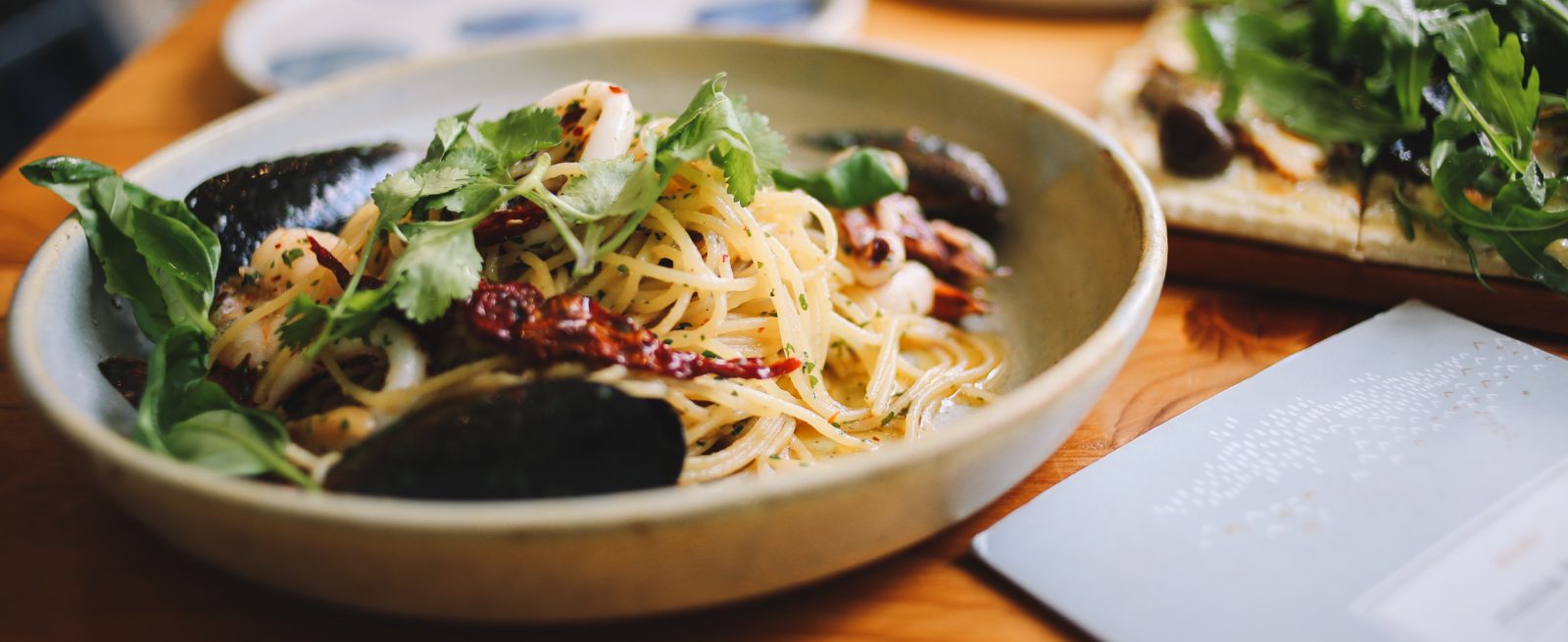Optimize Your Restaurant Menu to Increase Sales
2 Min Read By Taylor Moore
“The chefs write the music and the menu becomes the lyrics, and sometimes the music is gorgeous and it’s got the wrong lyrics and the lyrics can torpedo the music.” – Danny Meyer, Restaurateur, Tabla
While a menu might seem to be an arbitrary list of appetizers, mains and desserts, an effective menu is anything but a mishmash of steak, pastas, and pizza smooshed together haphazardly. Strategy prevails in even the smallest details – from the dish’s title, to the item it’s placed beside, to the price, to the visual accompaniment.
Defined as, “the study of the profitability and popularity of menu items and how these two factors influence the placement of these items on a menu,” the practice of optimizing menu profitability is called Menu Engineering. The main objective is to increase profits through the strategic placement of products. In fact, a menu redesign can serve to increase your profits more than 15 percent.
Entire careers are devoted to this profession, but to help you put on your menu engineering hat for your next redesign, here are some of the ways menu engineers work their magic to help restaurants get the most bang out of every item’s buck.
Costing Analysis
The first step to the menu engineering process is to break down each dish by ingredient to find out the true cost of a meal. This understanding of true costs is an essential step because everything is based on the core price of a dish in relation to it’s popularity. So, don’t skip this step – it’s here you want to count every nickel, dime and penny. By determining the truest base cost, you can base markups on your desired profit margin and determine which category each item should be placed in.
Placement and Categories
Your menu items aren’t simply categorized as breakfast, lunch and dinner. Nor are they solely categorized as appetizer, mains or dessert. You want to categorize menu items in a lesser-known way: as stars, plowhorses, puzzles, and dogs.
According to the Menu Cover Depot, you can determine which menu items fall into the appropriate category by doing an analysis on profitability and popularity. The categories are:
- Stars: items that yield both high on the profitability scale and are also highly popular dishes.
- Plow-horses: dishes that might have low profitability but they rank high in popularity.
- Puzzles: the plates that appeal to only a certain few, but are highly profitable.
- Dogs: dishes that have both low profitability and low popularity.
Knowing which item fits into which category is essential for the placement of each item on your menu, and also requires a robust set of analytics. In order to accurately determine which item is which, you’ll need to conduct a costing breakdown and also compare it to sales analytics drawn from your POS.


